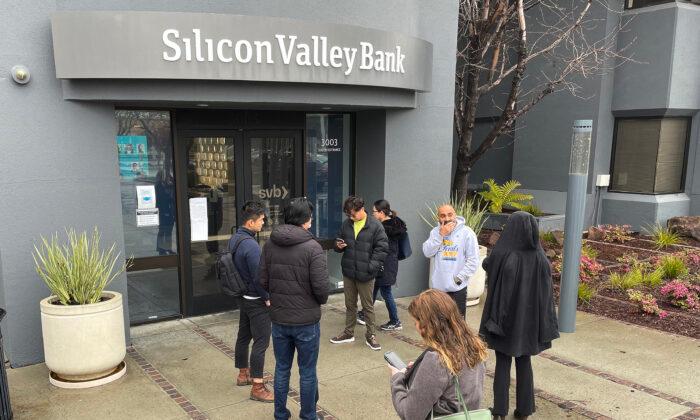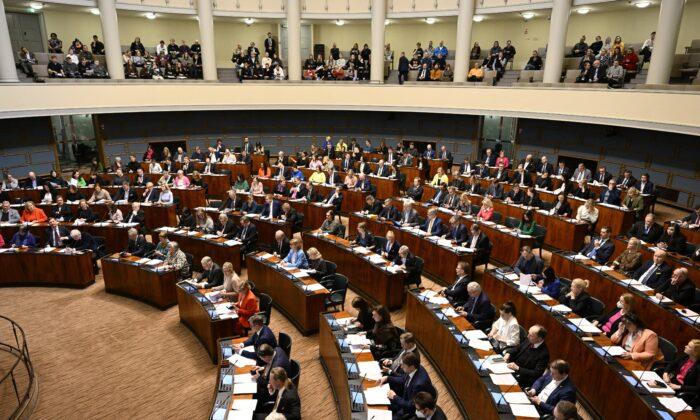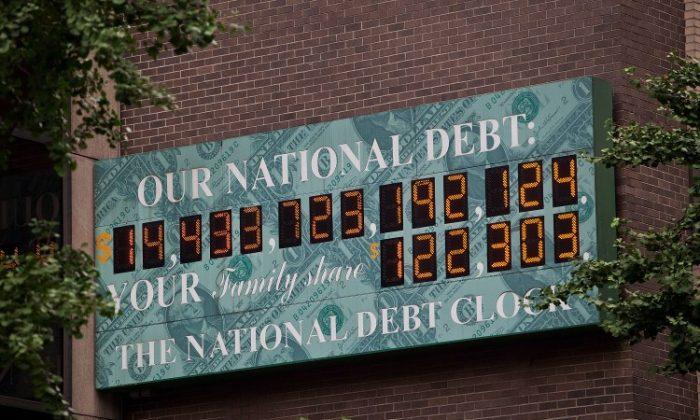My columns have turned rather apocalyptic of late, but for a valid reason. Just this week, we got confirmation that our financial system is, again, on the brink of collapse, when the Bank of England (BOE) was forced to enact, de facto, a bailout of the pension funds of the United Kingdom.
On Sept. 28, around noon, the Bank of England stepped (back) into the gilt markets and started buying government bonds with longer maturities to stop the collapse in their value, which could have caused the financial system to become unhinged. Pension funds were faced with major margin calls, which threatened to cause a rapidly cascading run on their liabilities, as trust in their liquidity and solvency would have become questioned by a widening circle of investors and customers.
It looks as though the global financial system was pulled from the brink of collapse, once again, by central bankers. However, this was only a temporary fix.
It’s now clear that an outright financial collapse threatens all Western economies, because if pension funds, often considered very dull investors because of their risk-averse investing profile, face a threat to their insolvency, it can happen to any other financial institution. I consider that the banking sector will be the next in line.
Banking is a business of trust. If the trust in a bank or in the unlimited support of authorities for the bank disappears, a bank run commences.
One of the most prominent scholars of financial crises, Gary B. Gorton, defines a financial crisis in his book “Misunderstanding Financial Crises: Why We Don’t See Them Coming” as “an event where holders of short-term debt issued by financial intermediaries withdraw en masse or refuse to renew their loans.”
In common language, Gorton says that during financial crises, a large number of holders of banks’ financial liabilities, such as deposits, want to cash out. Hence the term: a bank run.
For example, during the Panic of 1819 in the United States, people queued outside banks in long lines to change their new financial innovations, bank notes, to metallic currency. The Panic of 1819 helped to create the first economic depression in the United States.
The main point is that as liabilities are withdrawn in whatever form en masse, the bank eventually runs out of assets to pledge/sell to fulfill the withdrawal requests, and the bank fails.
Going forward, the biggest risk of a systemic bank run most likely lies in Europe.
European companies and households have been and continue to be decimated by ravaging inflation, fast-rising interest rates, and spiking energy prices. They are being hit on all sides, and this will, most likely, cause many of them to fail financially.
Banks are also currently being hit by heavy declines in the value of government bonds, which they use as collateral. These may easily lead to cascading losses on banks, possibly with never-before-seen speed, size, and width.
How do you prepare for it then?
A characteristic feature of a banking crisis is that many banks, possibly all, will close their doors to customers and issue withdrawal limits. Another characteristic is disruptions in the financial system, most notably on card payments, as a result of which the retail payments system may seize up altogether.
Cash withdrawal limits were set; credit card machines “disappeared” or “broke down” in restaurants, shops, and elsewhere; and finally, cash stopped coming out from the ATMs. Capital controls were enacted, and the ability of ordinary Greeks to transfer money abroad became seriously hindered. We naturally had sufficient cash, which often happens when one travels with a crisis researcher to a country threatened by a crisis.
The main point is (was) that during banking crises, you won’t have full access to your deposits in the bank. As a result, electronic payment methods such as bank cards may become useless. In an extreme case, your deposits could be used to recapitalize ailing banks in a process called “bail-in.”
Technically, every sum you have in the bank above the deposit insurance threshold, a limit which also may not be “carved in stone,” is threatened by the bail-ins in a banking crisis.
We are in deep, deep trouble.





